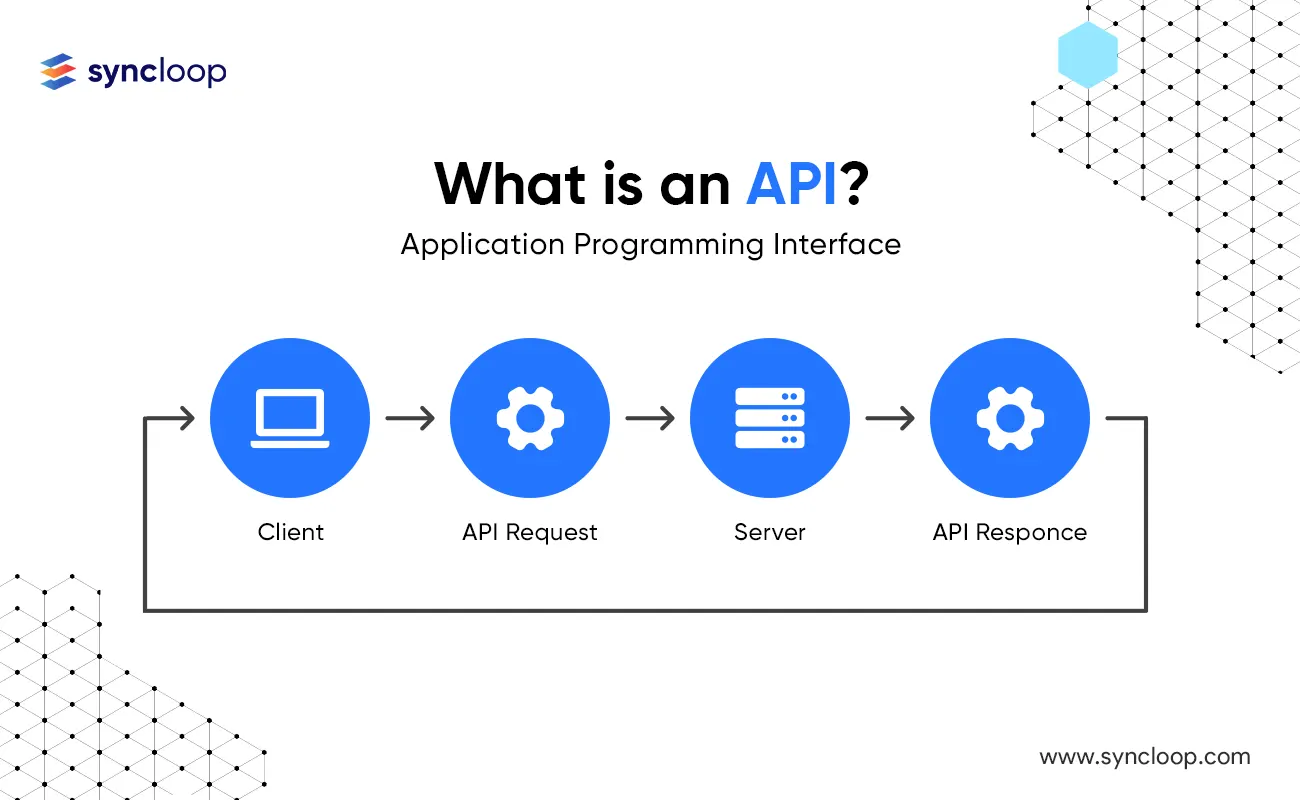Implementing Rule Engines on the Syncloop API Development Platform
Posted by: Muheet | September 28, 2024

In the fast-evolving world of API development, automating decision-making processes is critical to delivering real-time, intelligent, and adaptive services. A rule engine plays a pivotal role in applying pre-defined logic rules to data, ensuring your application behaves dynamically based on ever-changing conditions. Syncloop, a leading API development platform, leverages its rule engine capabilities to offer developers and businesses a flexible, efficient, and scalable solution. This blog explores how the rule engine is implemented on the Syncloop API Development Platform and the transformative impact it brings.
Understanding Rule Engines
A rule engine is a system that separates business logic from application code. It allows for dynamic changes in behaviour through predefined rules via if-then logic without altering the core codebase. These rules can manage decisions ranging from eligibility criteria in insurance to dynamic pricing in e-commerce.
The Role of Syncloop in API Development
Syncloop simplifies API development with a comprehensive and user-friendly environment. It equips developers with the tools and technologies to efficiently create, manage, and deploy APIs. The rule engine stands out among its robust toolset by providing a declarative approach to integrating business logic, significantly enhancing flexibility and maintainability.
Key Components of Syncloop's Rule Engine
- Rule Definition: Define rules using an intuitive interface or in JSON format, making it accessible to both technical and non-technical users.
- Facts Management: Facts are pieces of data that rules operate upon. Syncloop facilitates easy integration with various data sources to fetch and manage facts dynamically.
- Inference Engine: The core component evaluates facts against the rules using forward or backwards chaining, determining which rules should fire and executing corresponding actions.
- Rule Repository: A centralised space where all rules are stored, ensuring easy management and updates of the rules without requiring code changes.
Implementing a Rule Engine on Syncloop
Step 1: Setting Up the Environment
Sign up for a Syncloop account and create a new API project. Syncloop's intuitive dashboard guides you through setting up your project environment seamlessly.
Step 2: Defining Rules
Rules can be defined using Syncloop's visual interface or in JSON format. This dual approach ensures accessibility for business users while providing deep customisation options for developers.
Example JSON Rule for E-commerce Dynamic Pricing:
{
"rules": [
{
"name": "Premium Product Pricing",
"conditions": {
"all": [
{
"fact": "productCategory",
"operator": "equal",
"value": "premium"
},
{
"fact": "demand",
"operator": "greaterThan",
"value": 70
}
]
},
"actions": [
{
"type": "set",
"params": {
"field": "price",
"value": "basePrice * 1.2"
}
}
]
}
]
}
Step 3: Integrating Data Sources for Facts
Syncloop allows seamless integration with various data sources such as databases, external APIs, and user inputs. By linking these data sources, you ensure that facts feeding into the rule engine are accurate and up-to-date.
Step 4: Configuring the Inference Engine
Syncloop's powerful inference engine supports both forward and backward chaining. Depending on your use case, configure the engine to evaluate data (facts) continually against the rules or to work backwards from desired outcomes/goals.
Step 5: Testing and Validation
Test the rule engine thoroughly to ensure it behaves as expected. Syncloop provides built-in testing tools and a sandbox environment where you can simulate different scenarios and fine-tune your rules.
Step 6: Deployment
Once satisfied with your rules and their performance, deploy your API. Syncloop’s deployment tools streamline the process, ensuring your API rule engine is live and operational quickly.
Benefits of Using Syncloop’s Rule Engine
- Increased Flexibility: Business logic can be updated dynamically without changing application code, allowing rapid adaptation to new requirements.
- Improved Maintainability: Separating business rules from the core application logic simplifies maintenance. Rules updates don’t necessitate code redeployment.
- Real-Time Decision Making: Syncloop's inference engine facilitates real-time evaluations and decisions, making APIs more responsive and adaptive.
- Scalability: Syncloop is designed for scalability, ensuring that your API can handle increased loads without performance degradation.
Real-World Applications
- Financial Services: Automating loan approval processes by dynamically evaluating applicant data against predefined eligibility criteria.
- E-commerce: Dynamic pricing adjustments based on factors like inventory levels, customer segmentation, and market trends.
- Healthcare: Real-time patient monitoring and automated alerts based on vital signs and treatment protocols.
Conclusion
The implementation of a rule engine on the Syncloop API Development Platform exemplifies the evolution of modern API development, delivering increased flexibility, real-time responsiveness, and unmatched maintainability. By leveraging Syncloop’s powerful rule engine, developers and businesses can build intelligent APIs that adapt dynamically to changing conditions, ensuring they remain ahead in a competitive landscape.
Explore Syncloop today and transform how you develop, manage, and deploy APIs with powerful rule engine capabilities at your fingertips.
Back to Blogs

